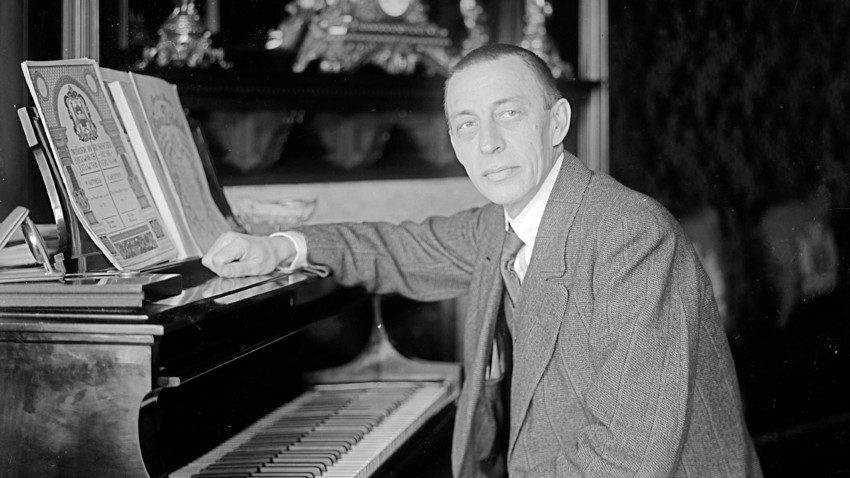
Sergei Rachmaninoff initially made his name as a great composer, but he was equally great as a pianist and conductor, too. “I’ve never been able to figure out what my true vocation is, who I am - a composer, pianist or conductor... At times, it seems to me that I am, first of all, a composer; sometimes I think that I am only capable of playing the piano. When most of my life is already behind me, I am constantly tormented by suspicions that, having tried my hand at many roles, maybe I did not live my life in the best way. According to the Russian proverb, I tried to ‘kill three birds with one stone’,” Rachmaninov owned up.
Born on April 1, 1873, into an aristocratic family, Rachmaninov began playing the piano at the age of four. Apparently, music was in his blood. Sergei’s grandfather, Arkady Rachmaninoff, was a professional musician, who studied piano under Irish composer John Field, the inventor of the nocturne.
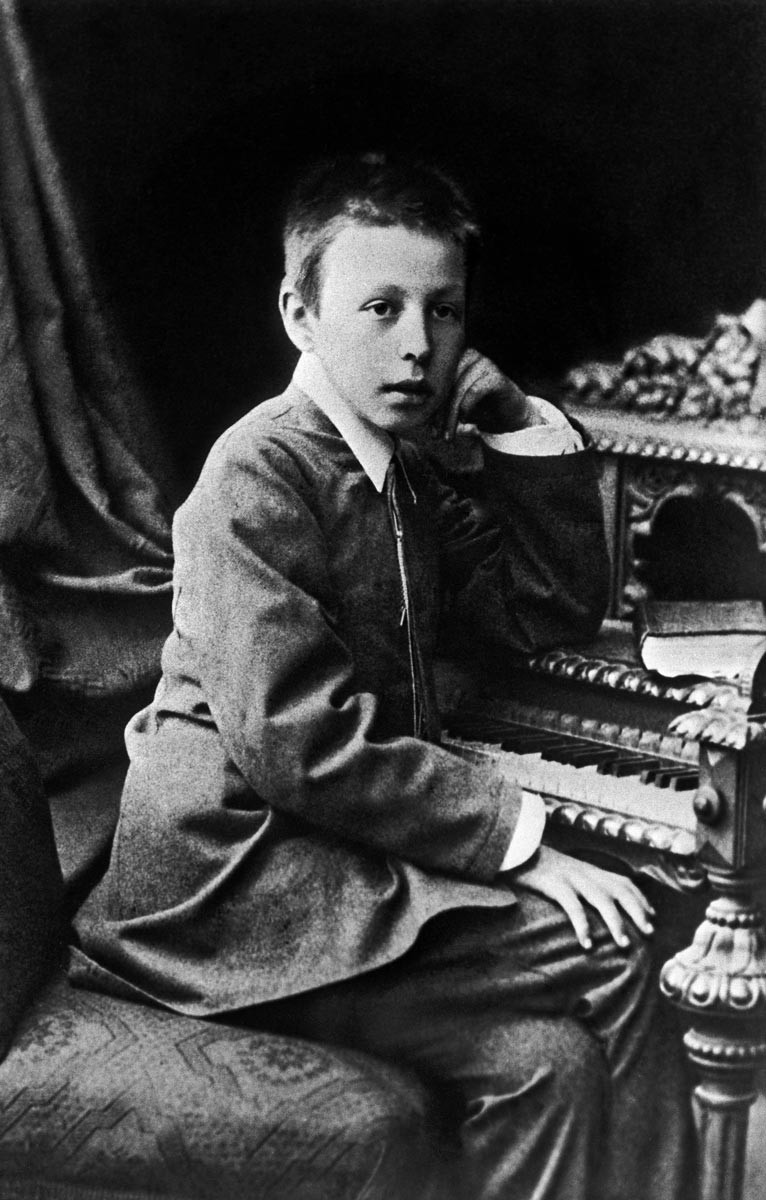
Sergei Rachmaninoff in 1896.
SputnikWhen Sergei was nine years old, his family moved from Novgorod Region to St. Petersburg, where the boy enrolled in a conservatory. Rachmaninoff learned quickly, but often skipped classes, so it was decided to send the gadabout to Moscow and put him in a private boarding school. There, under the famous pianist and teacher Nikolai Zverev, who maintained strict discipline, Rachmaninoff practiced the piano for hours on end. The plan worked and the young man would soon graduate from the Moscow Conservatory with a distinction.
One of the greatest violinists of all time, Fritz Kreisler, once performed a Cesar Franck’s sonata with Sergei Rachmaninoff at New York’s Carnegie Hall.
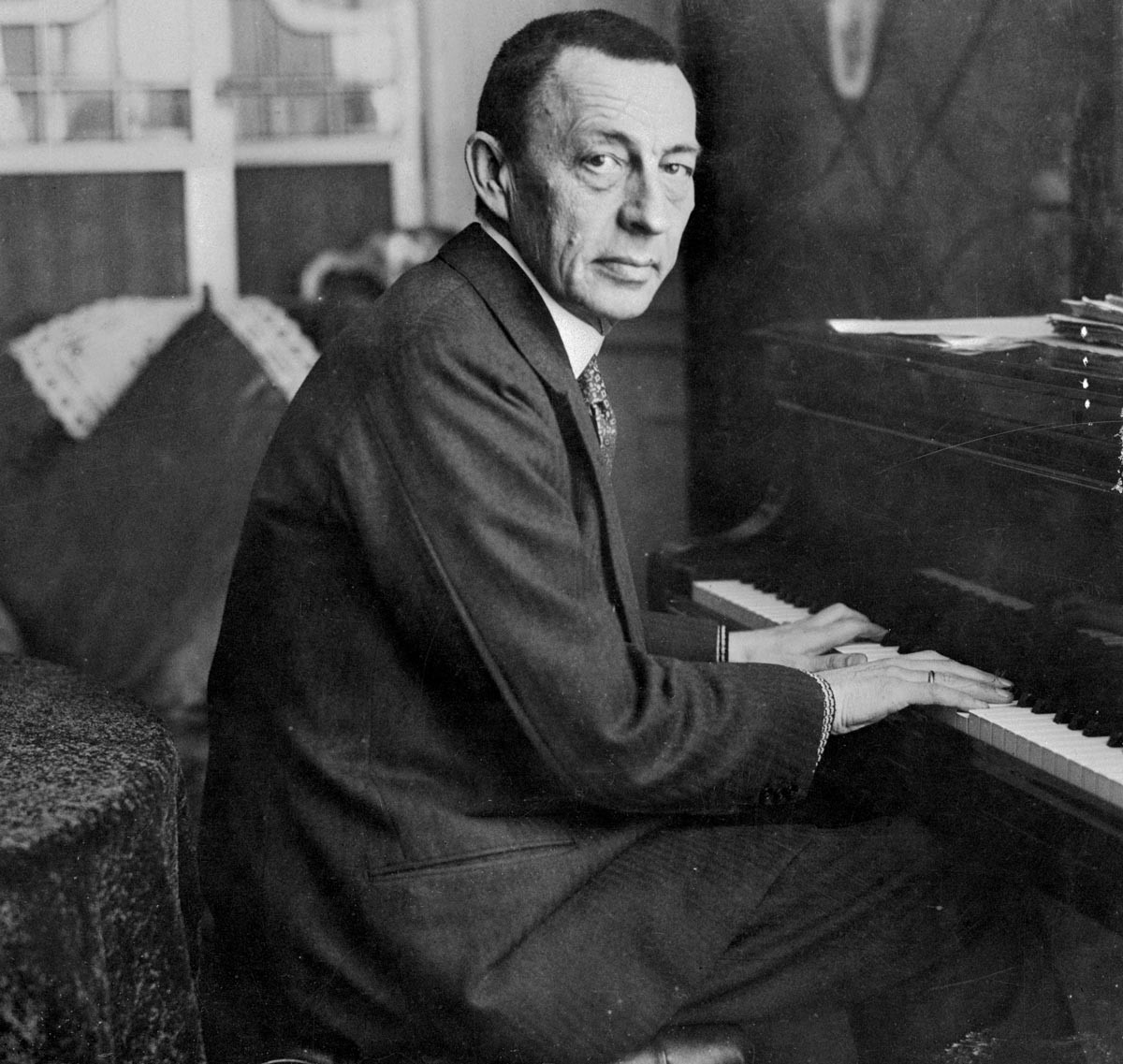
The talented violinist confidently played without musical notes when, all of a sudden, his memory let him down. Kreisler moved closer to Rachmaninoff and nervously looked at his partner’s notes, trying to spot the best possible movement to join the pianist.
- “Where are we?! Where are we?!” Kreisler whispered in despair.
- “At Carnegie Hall,” Rachmaninov fired back, without thinking twice and slowing down.
READ MORE: Top 10 GREATEST Russian orchestra conductors
“Rachmaninoff was created from steel and gold: steel in his hands and gold in his heart,” the genius Polish piano player Josef Hofmann once famously remarked. While his description might sound like an overstatement, it’s totally safe to say that Rachmaninoff did have very long fingers and huge hands, possibly the largest pair in the whole classical music world.

The pianist, who was 6 feet 6 inches (1.98 m.), had a hand span of around twelve inches. He could put the index finger of his right hand on the C key, reaching the G key with his thumb. Rachmaninoff mastered the art of playing the piano to such a degree that when he appeared on stage, he sounded like he had ten hands.
In the early 1900s, Rachmaninoff regularly performed in Europe as a pianist and conductor. In 1907, he took part in historical concerts organized by Russian dance impresario Sergei Diaghilev in Paris and, in 1910–1911, he held concerts in the UK and in Germany.
Throughout his entire life, the composer suffered from a permanent lack of self-confidence.
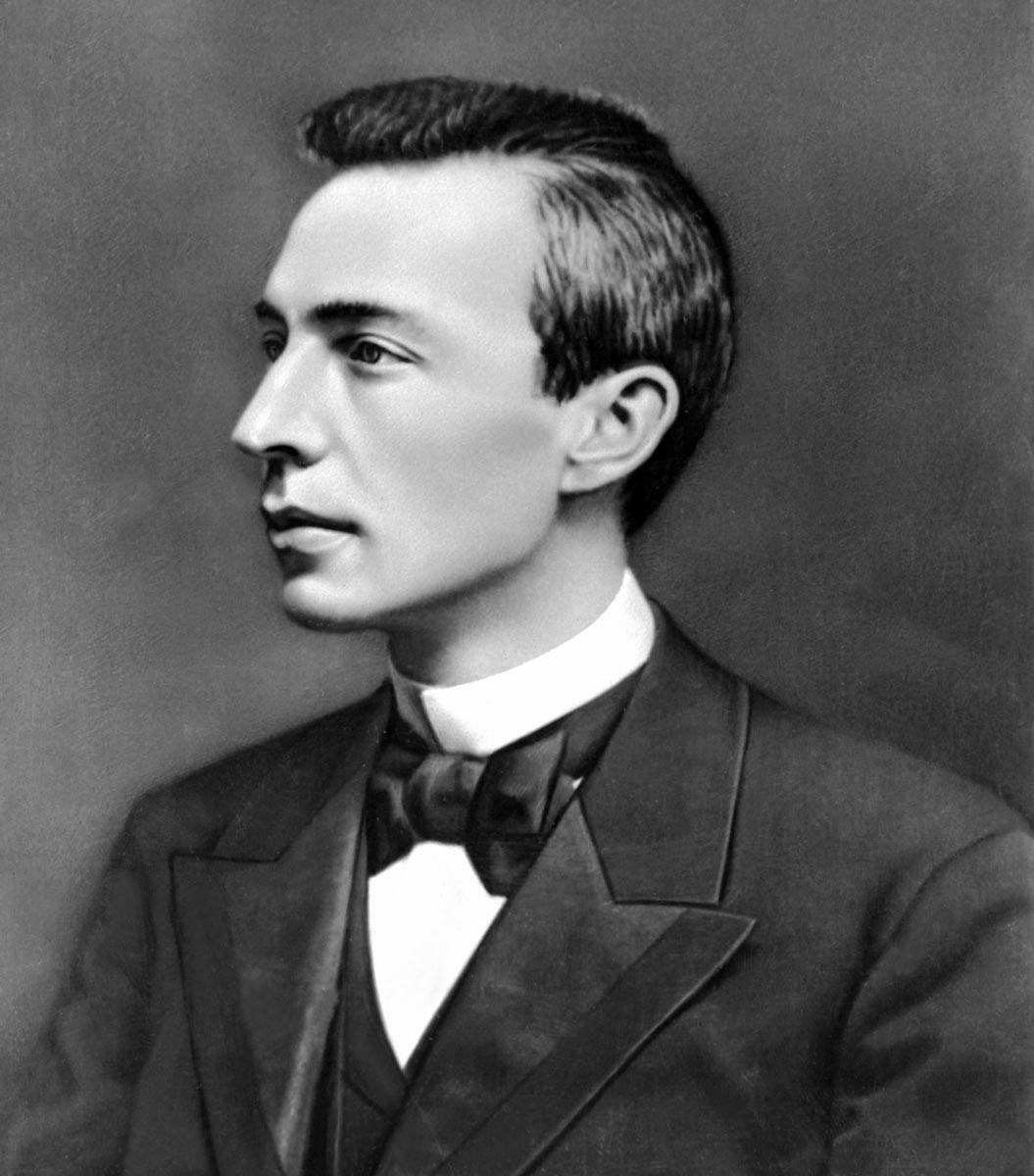
He was born terribly self-critical. Even after his ‘Prelude in C sharp minor’, written in 1892, when Rachmaninoff was only 19, catapulted the composer to worldwide fame, he remained trapped in a cycle of self-doubt and self-criticism. “I am tired, sometimes it is unbearably hard for me. In one of those minutes, I will break my head,” the genius composer said. In 1903, Rachmaninov married Natalia Satina, who was his first cousin, and things began to improve. “An artist’s wife has to tell her husband three things: that he is a genius, that he is a genius and that he is a genius,” Rachmaninoff remarked, with a twist of irony.
Prone to self-doubt and guilt, at 22 years of age, Rachmaninoff lost faith in himself after the premiere of his ‘Symphony No. 1’. The conductor, Alexander Glazunov, was drunk during the opening night in 1897 and ruined the performance. Rachmaninoff’s symphony elicited negative reviews and the composer sunk into depression. He didn’t write music for three years, having convinced himself that he was good for nothing. Luckily, Rachmaninov agreed to contact a well-known Moscow doctor named Nikolai Dal, who helped him cope with anxiety and depression. Hypnotherapy worked wonders and the doubter managed to overcome his fears and began creating music again.
Rachmaninoff’s ‘Piano Concerto No. 3’ is, according to renowned concert pianists like Nikolai Lugansky and musicologists from across the world, the “greatest piano concerto ever written”.
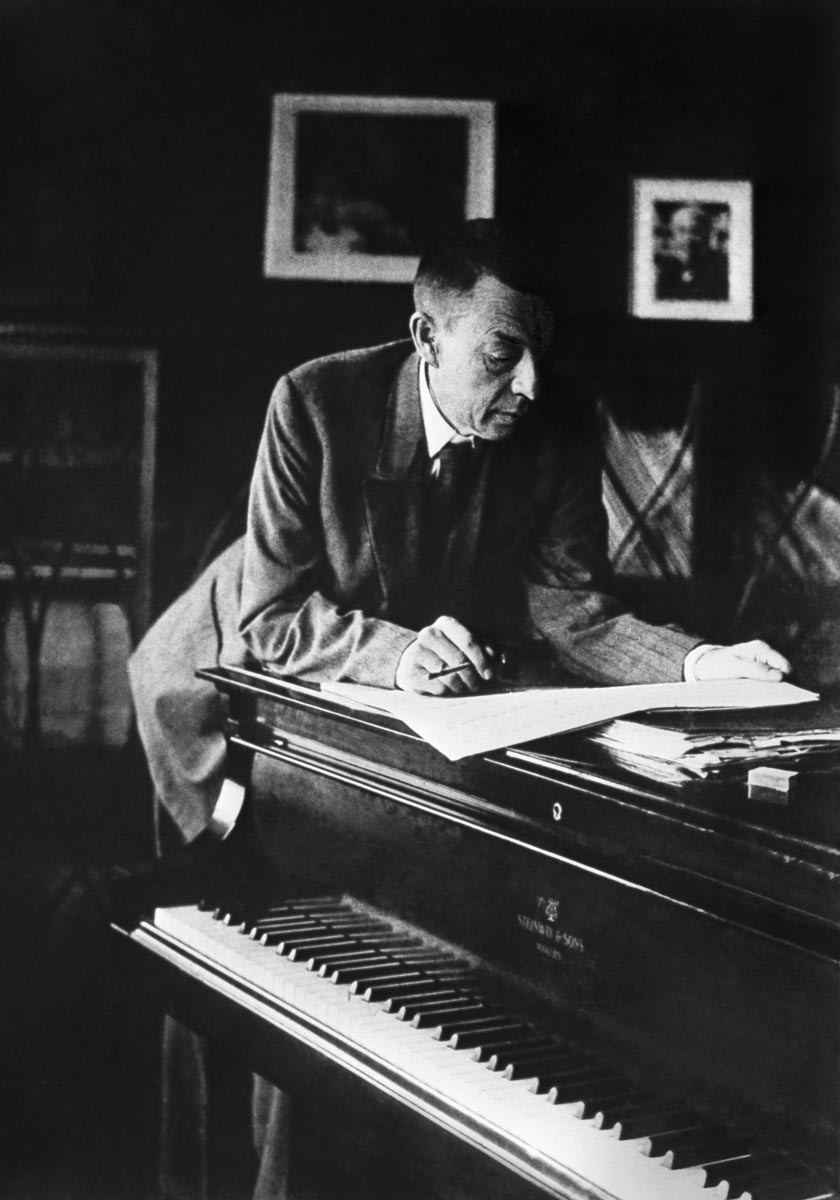
Composed in 1909 and scored for solo piano and an orchestra, it premiered in New York City during Rachmaninoff’s tour across the United States. “I am a Russian composer and my homeland has left an imprint on my character and my views. My music is the fruit of my character and, therefore, it is Russian music,” Rachmaninoff stated.
READ MORE: 7 pieces of classical music by Sergei Rachmaninoff everyone should know
Rachmaninoff was a gearhead with a capital ‘G’. The composer got his first car – a red ‘Lorelei’ – as a present from his wife and two daughters. Rachmaninoff nicknamed his sports car ‘Laura’.
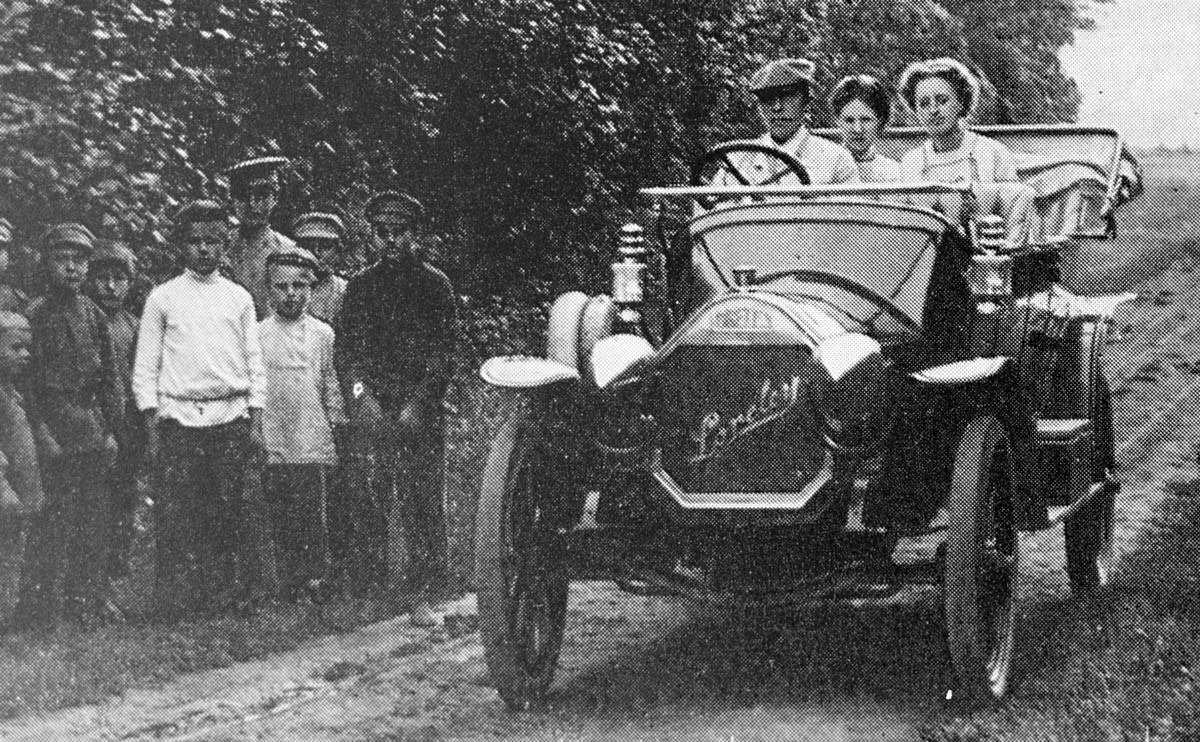
Sergei Rachmaninoff and his relatives in Tambov Region in 1912.
SputnikAccording to the recollections of the composer’s friend, pianist Alexander Goldenweiser, Rachmaninoff was a virtuoso driver. He even had his own theory about the benefits of driving. “A good conductor must naturally be a good driver. Both the motorist and the conductor need a will of iron, focused attention and constant presence of mind. To these qualities the conductor only needs to add some knowledge of music,” he once said.
Due to numerous technical problems, Rachmaninov soon fell out of favor with his ‘Laura’ and got himself a new Mercedes. He had a good taste in cars and liked to drive fast. All his cars were insured against just about everything, including fire, collision and vandalism. While living at his summer residence, Villa Senar, in Switzerland, Rachmaninoff and his family made long car trips - to Bayreuth, on the Red Main River in Bavaria and to Paris. Even while undergoing treatment in a sanatorium in Baden-Baden, Germany, Rachmaninov didn’t part with his car. Heading off to Aix-les-Bains, France, with his wife Natalia, Rachmaninov said. “It's only 344 kilometers away. The car will be with us. If anything happens, we’ll get away in no time, having developed the maximum speed.”
READ MORE: How the ‘Russian Arm’ took the movie industry by storm
Rachmaninoff welcomed the so-called February Revolution of 1917 without great optimism. He feared that, due to the breakdown of the old system, his artistic activity as a pianist and composer could be hijacked, so he took advantage of the offer that came from Sweden to perform a concert in Stockholm. In December 1917, Rachmaninoff went on a tour to Scandinavia, from where he never returned back to Russia. In 1918, his family settled in the United States for good. Rachmaninoff’s talent was appreciated overseas.
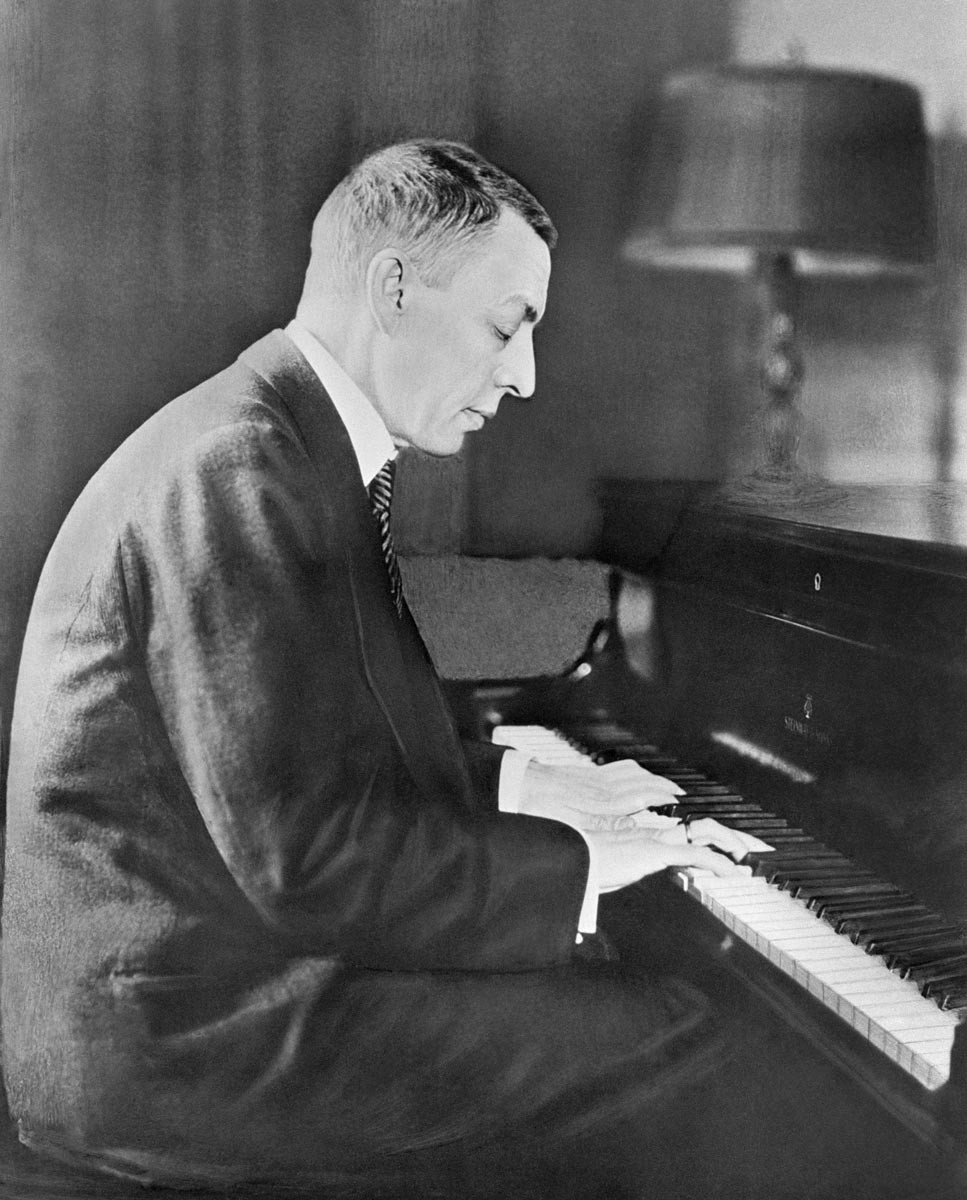
In America, he was considered a world-class pianist and had to give a cycle of concerts to make a living. And yet, despite enormous success, it felt like a foreign land and Rachmaninoff’s work as a composer was put on hold for a while. He didn’t compose anything for almost eight years.
“I was born a non-achiever and, therefore, bear the hardships that are inseparable from this title. Five years ago, when I started playing, I thought that I could achieve satisfaction in the piano milieu: now I am convinced that this is impossible,” Rachmaninoff wrote in 1923.
Only in 1926 did the ‘Piano Concerto No. 4’ come from his pen. Longing for the homeland’s air, for his native Russia, gave rise to tremendous tragic power, which reached its climax in ‘Symphonic Dances’, his last great piece of music, composed in the United States in 1940.
When the Great Patriotic War broke out in 1941 and Rachmaninoff saw how much Russia suffered from it, his mind was filled with worry and concern about the people. The composer sent at least four thousand dollars (an equivalent of around $74,000 in 2021) to the Russian Army. Combat aircraft were built with this money. The pianist also called on Russian emigrants abroad to unite their efforts and help the Soviet Union in its fight against fascism, for which he even earned the nickname ‘Red Rachmaninoff’. This move also changed the Soviet government’s attitude towards Rachmaninov. Relations noticeably warmed up. Rachmaninoff, who didn’t accept U.S. citizenship while living in America, paid a visit to the Soviet Embassy and wrote a request asking Soviet authorities to allow him to return home as soon as possible. He received no response whatsoever. Only then, feeling unwell and battling cancer, did he finally make the decision to become an American citizen, in order to better provide for his family.
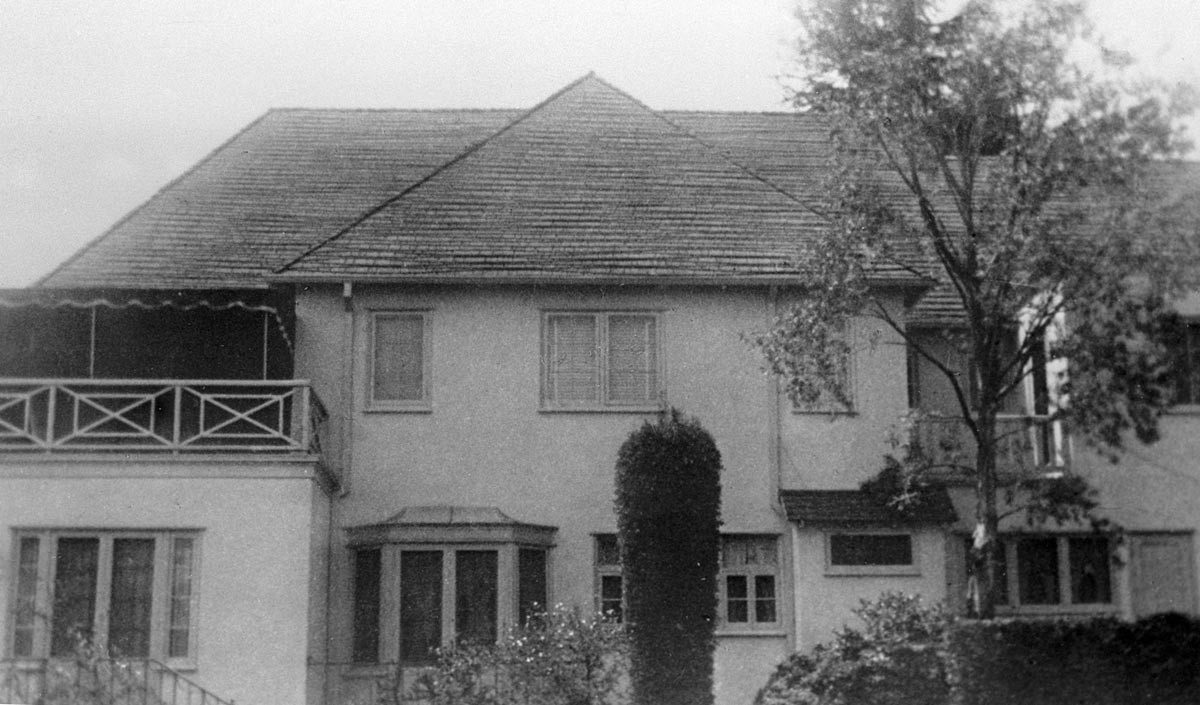
Sergei Rachmaninoff's home in Beverly Hills.
SputnikSadly, Rachmaninoff never got to see Russia again and died in 1943 in Beverly Hills, California.
If using any of Russia Beyond's content, partly or in full, always provide an active hyperlink to the original material.
Subscribe
to our newsletter!
Get the week's best stories straight to your inbox